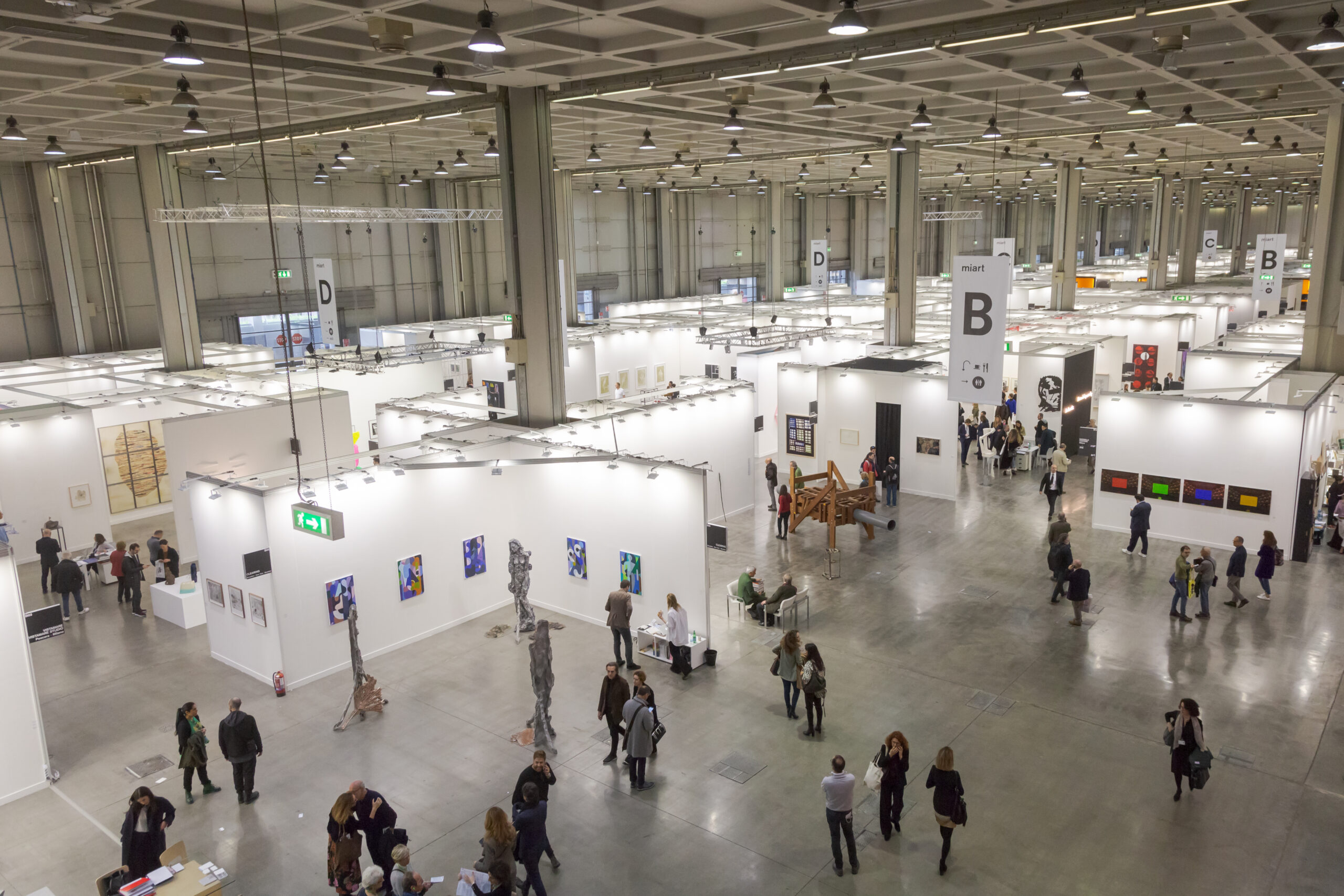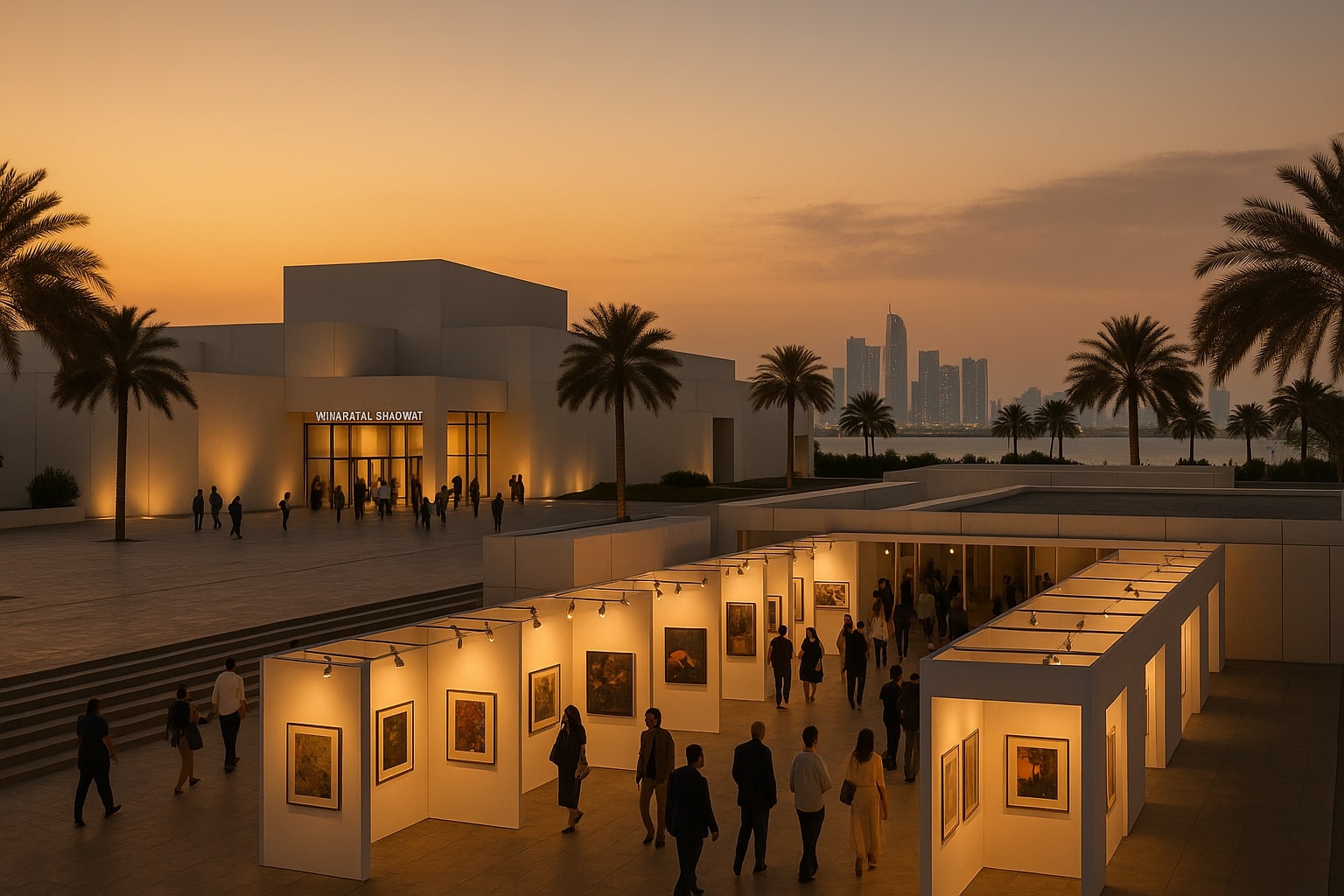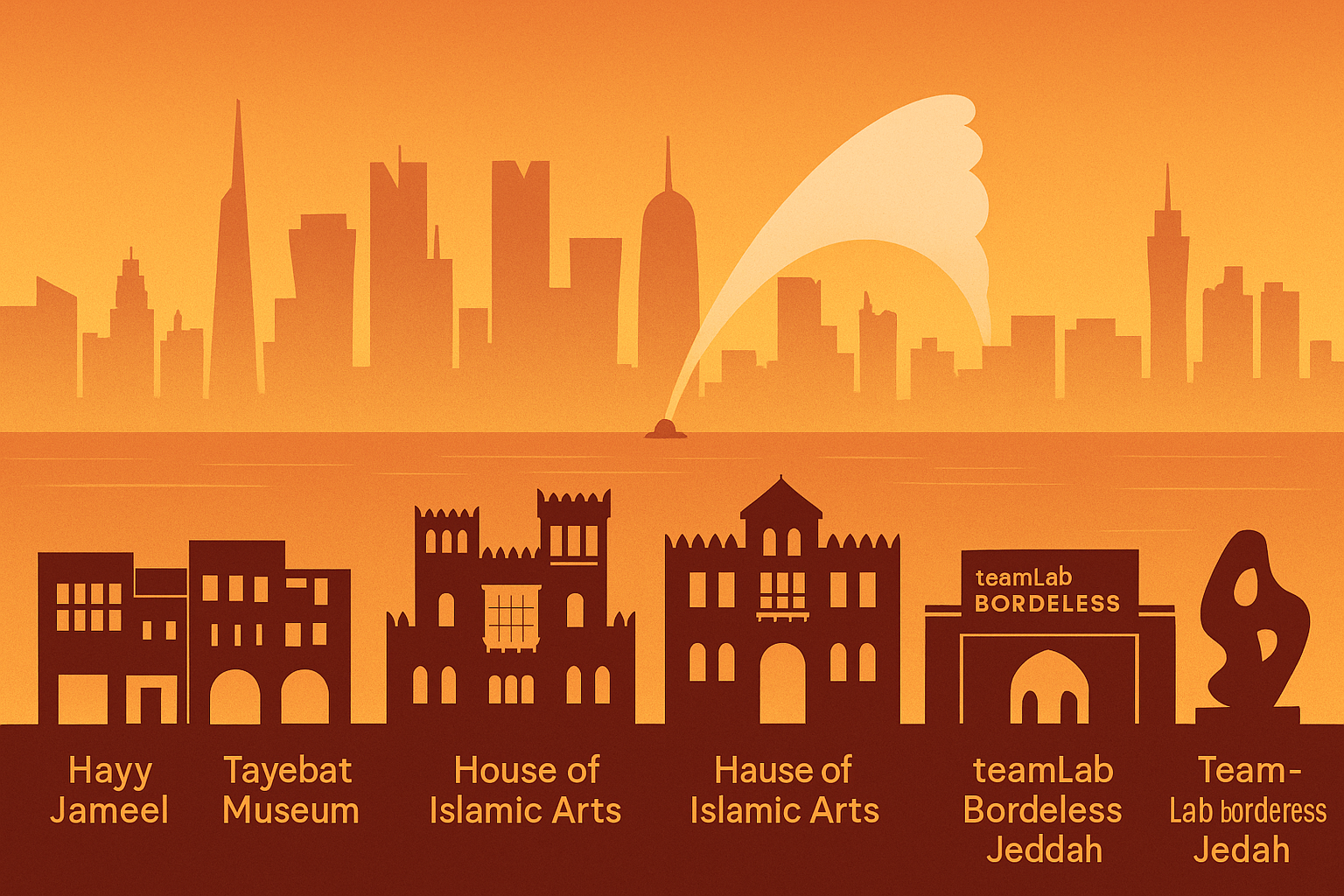Tips on researching and selecting art fairs and festivals that align with an artist’s medium, style, and career stage.
The journey into the world of art fairs is both exhilarating and daunting. Finding the right art fair isn’t just about selling your work; it’s about discovering a platform where your art resonates with the audience, gaining visibility, and forging meaningful connections. This guide aims to illuminate the path, providing you with the insights needed to choose art fairs that align perfectly with your artistic journey and career objectives.
Understanding Art Fairs
Art fairs are the confluence where creativity meets commerce, offering a unique platform for artists to showcase their work to a diverse audience. These gatherings range from local, intimate events to grand international exhibitions, each with its own character and audience. Whether the fair is exclusive to artists, a blend of artists and galleries, or solely for galleries, understanding these distinctions is crucial. They play a pivotal role in catapulting your career to new heights, offering a spotlight for your creations and a forum for dialogue with collectors, galleries, and art aficionados alike. Read more about the different types of art fairs in our Article: The Different Types of Art Fairs
Preparing for Research
Before embarking on this quest, it’s imperative to anchor your intentions. Define what success at an art fair looks like for you. Is it sales, exposure, network expansion, or perhaps a mix of these? Grasping the core of your art—its medium, style, and the message you wish to convey—will guide you towards fairs where your work will shine. Equally, understanding who your art speaks to—the collectors, gallerists, enthusiasts, or critics—will narrow down the list of suitable fairs.
Researching Art Fairs
The quest for the ideal art fair requires a blend of detective work and networking. Dive into the depth of the internet, explore art fair directories, social media platforms, and forums where fellow artists share their experiences. Yet, the digital search should only be the beginning. Engage with your community—fellow artists, gallerists, mentors, and art enthusiasts. Their firsthand accounts and recommendations of art fairs and art festival around the world can offer invaluable insights that no online resource can match. Once you found a few art fairs which may be suited for your needs – visit our YouTube Channel and watch a Walkthrough video to see the art and artists which were exhibited at previous editions.
Evaluating Art Fairs
Each art fair has its own ambiance, exhibitors and audience, crucial factors that determine its suitability for your work. Delve into the history and reputation of the fair to judge its impact on your career. Consider its location carefully; a fair’s geographical setting can significantly influence the type and volume of foot traffic it attracts. The financial aspect— fees, travel expenses, and accommodation—requires careful consideration to ensure the fair offers a viable return on investment. Lastly, assess the fair’s promotional efforts; a fair that invests in marketing is more likely to attract a larger, more diverse audience.
Aligning Art Fairs with Your Artistic Style and Medium
The harmony between your work and the fair’s focus is paramount. Seek out fairs that celebrate your medium and style, whether you’re an emerging talent or an established artist. For those whose work defies conventional categories, specialty fairs and niche markets offer a great solution. These platforms can provide a more appreciative audience, tailored exposure, and specialized opportunities.
Making the Most of the Application Process
Your application is your first impression, a beacon that can either draw organizers in or see your work lost in the sea of contenders. A compelling narrative about your art, alongside a portfolio that captures the breadth and depth of your work, can make all the difference. Attend to the application’s fine print—terms, conditions, and deadlines are the framework within which your participation unfolds.
Preparing for the Fair
Your booth is more than a display; it’s an immersive experience that should encapsulate the essence of your art. Design a space that invites interaction, reflection, and engagement. Before the fair, kindle interest and anticipation through strategic marketing efforts. And when it comes to transporting your work, meticulous planning ensures that each piece arrives in pristine condition, ready to captivate the art fair audience.
At the Fair
Once at the fair, your role transcends that of an artist; you become a storyteller, a salesperson, and a networker. Engage with visitors in a manner that leaves a lasting impression, making each interaction meaningful. Connect with galleries and collectors, viewing each conversation as a potential gateway to new opportunities. Every fair is a learning experience; absorb everything, from booth presentation to visitor engagement techniques.
After the Fair
The art fair’s conclusion is not the end but a beginning. Cultivate the connections made, evaluating the fair’s impact on your career. Reflect on what worked, what didn’t, and how the experience has enriched your artistic journey. This introspection will guide your steps to future fairs, refining your strategy and approach. I highly recommend participating in art fairs at least twice before moving on to a different art fair if things didn’t work out for you. Often visitors need to see your art multiple times before purchasing it.
Conclusion
Navigating the art fair landscape requires intuition, research, and a deep understanding of your art and goals. Let this guide be your compass, steering you towards fairs where your work can thrive. Embrace the journey, and remember, each fair is a stepping stone in the expansive narrative of your





